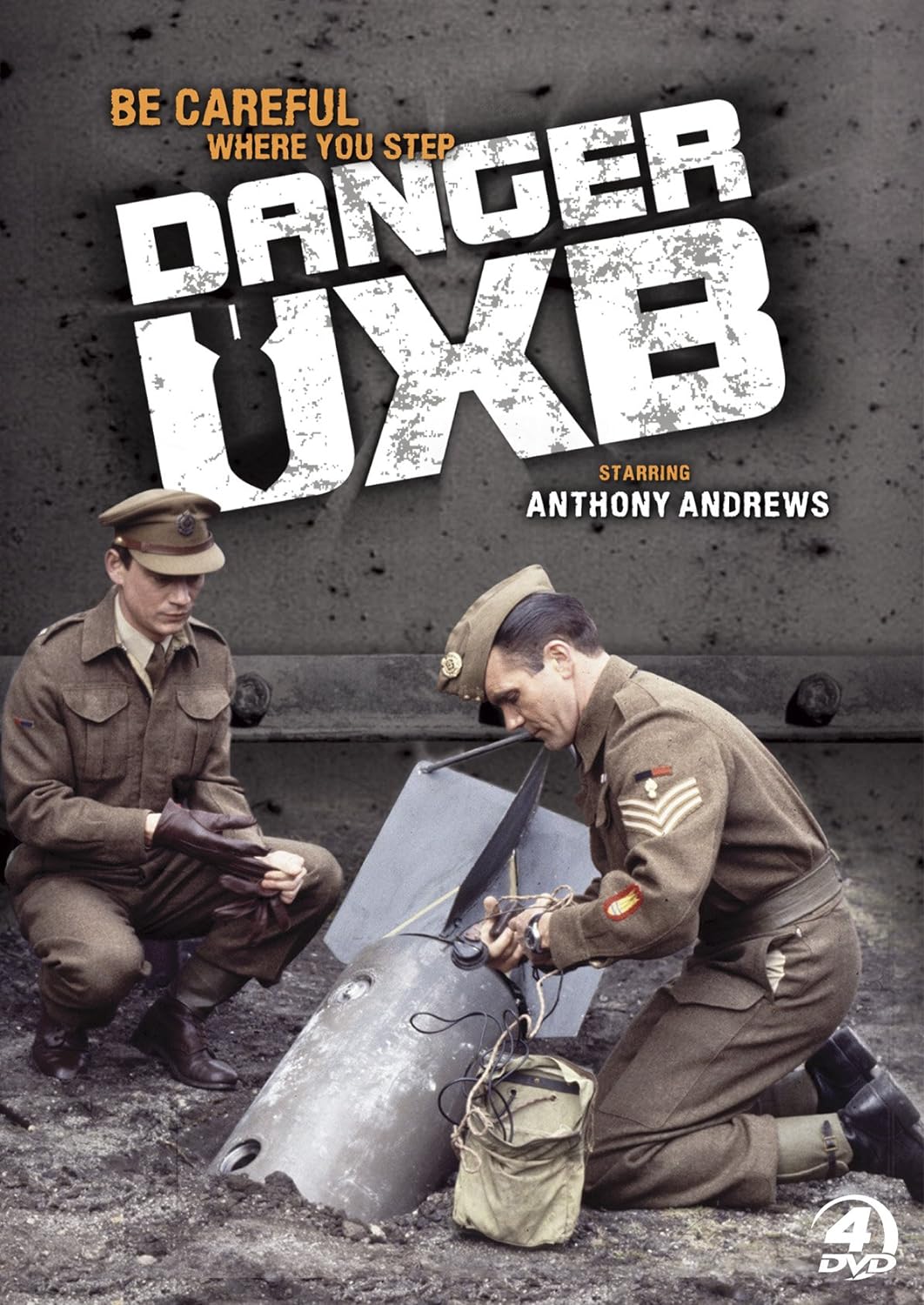Winston
Lorenzo von Matterhorn
- Joined
- Jan 31, 2009
- Messages
- 9,560
- Reaction score
- 1,749
What Happens When They Find a World War II Bomb Down the Street
27 Jan 2020
https://www.atlasobscura.com/articles/ww2-bombs-berlin
Excerpts:
Between 1940 and 1945, Allied forces dropped 2.7 million tons of bombs on Nazi-occupied Europe. That’s about 1.25 million explosive objects in total—ranging from small incendiary charges meant to set fire to wooden buildings to multi-ton “blockbusters.” An estimated one in five bombs dropped failed to explode, which translates to about 250,000 duds. Often, the explosive-packed shells penetrated several feet into the ground, and were later covered up by rubble and debris from other, more successful explosions.
This means many German cities are, more or less, built on top of live explosives. Western cities such as Cologne, Duesseldorf, and Bremen, which are closer to air bases in Britain and full of industrial targets, were particularly hard-hit, and bombs regularly turn up there.
Berlin, then and now the German capital, was a major target, too. Since the war’s end, more than 2,000 live bombs have been recovered here. Some experts estimate 15,000 more may remain hidden under the fast-growing city. In the surrounding state of Brandenburg, the scene of bitter fighting in the last months of the war, police deal with 500 tons of munitions each year.
In 2011, an unusually dry summer revealed a 4,000-pound bomb in the middle of the Rhine River where it passes through Koblenz. Authorities hurriedly cleared 45,000 people out.
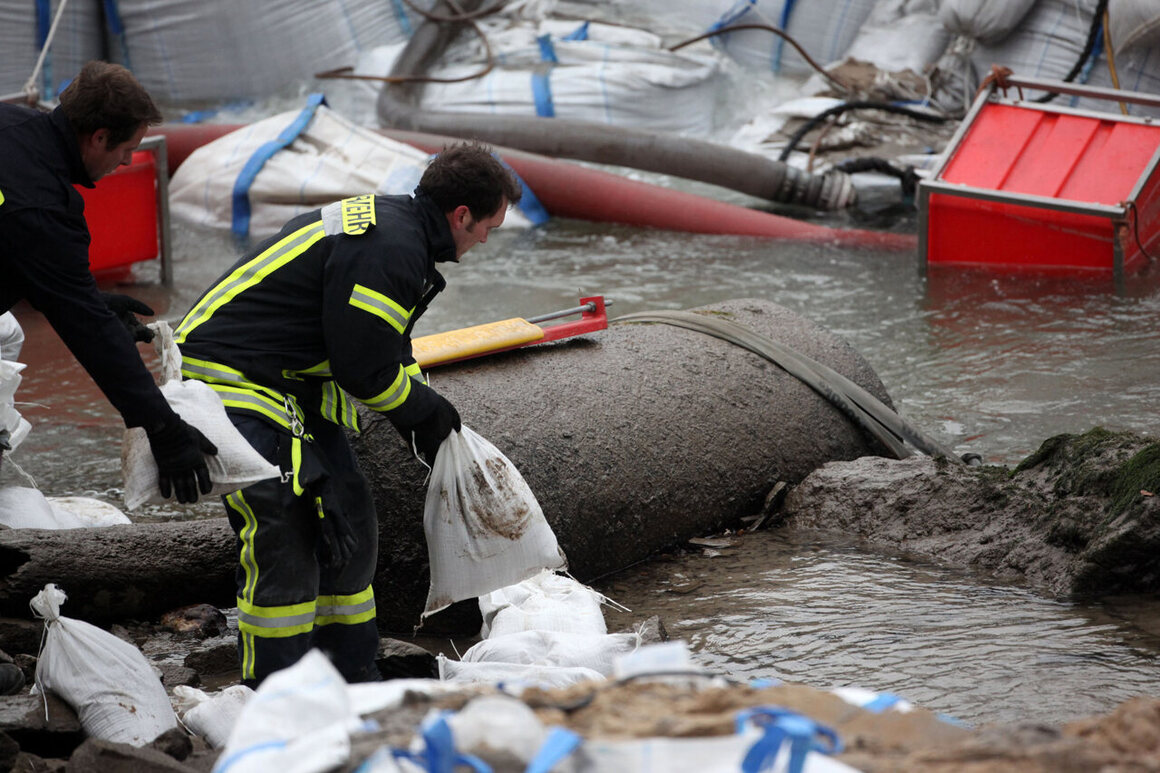
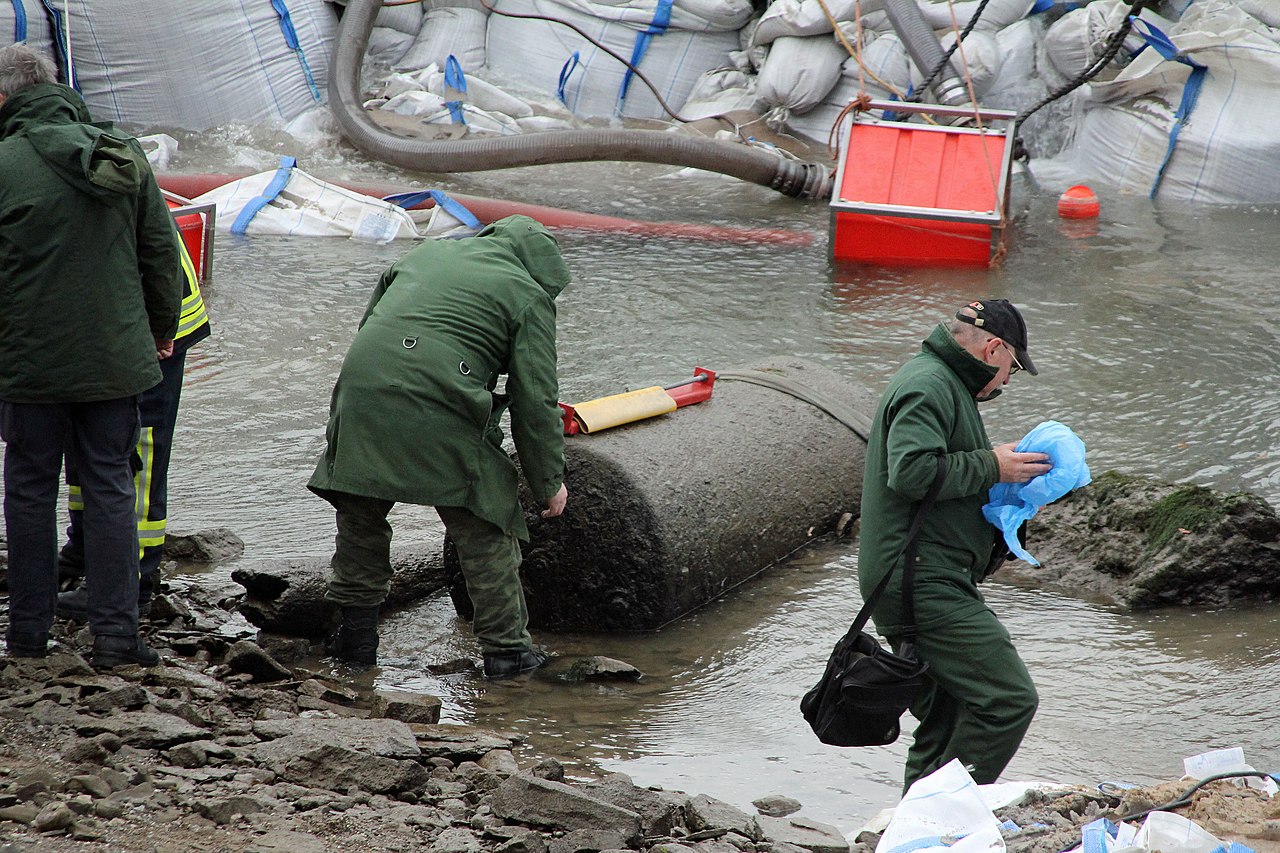
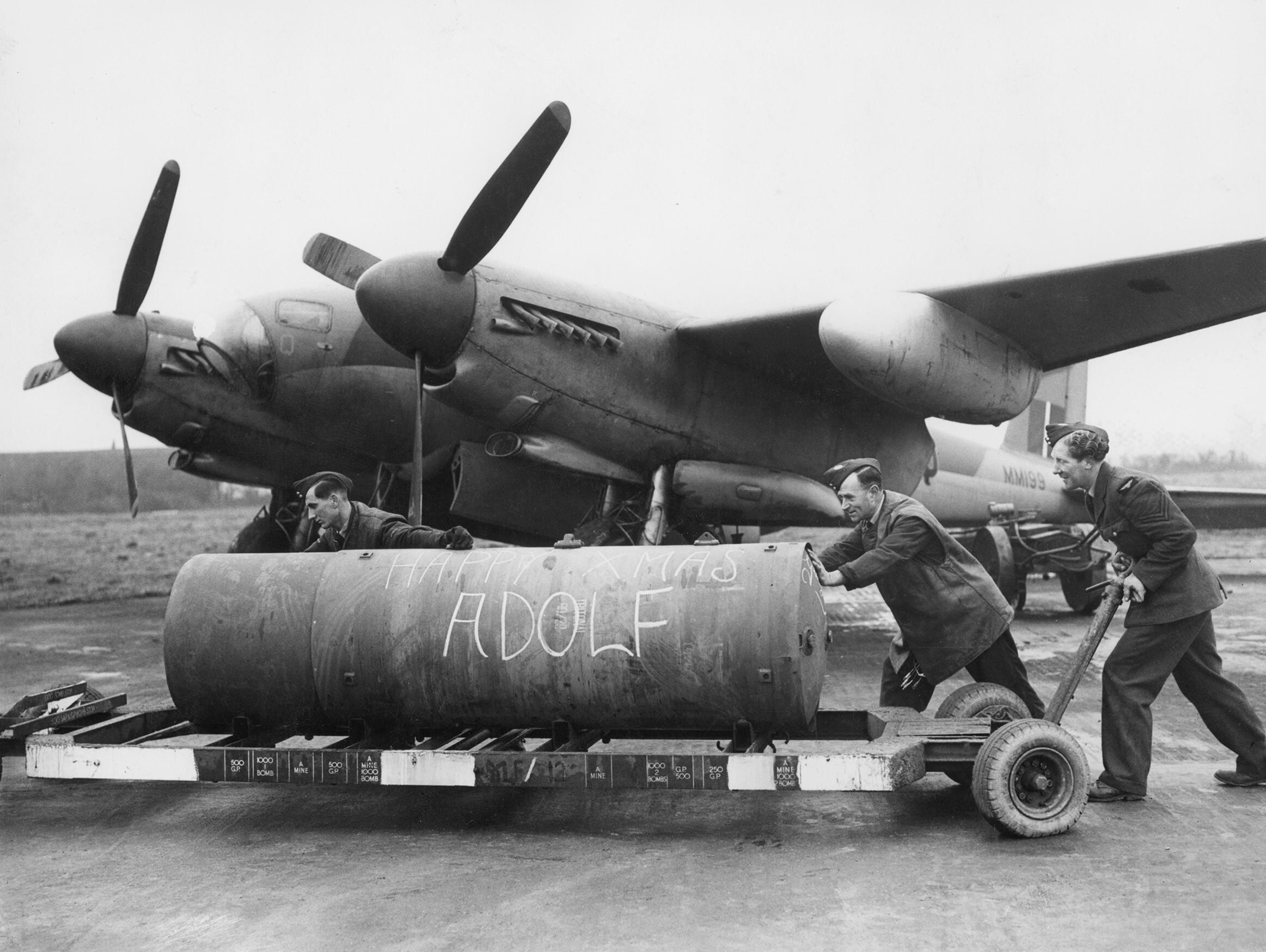
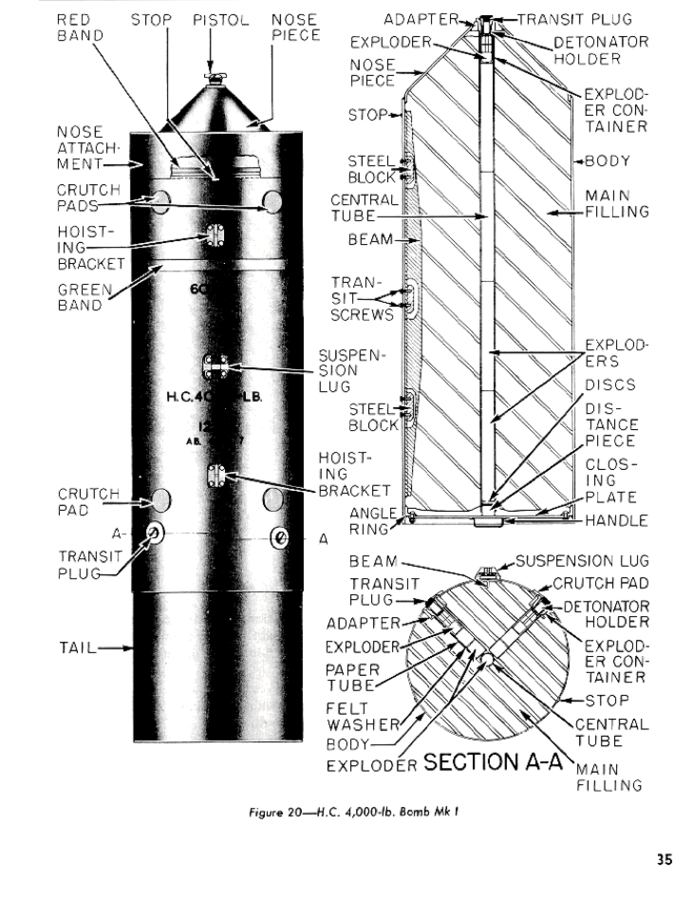
The threat is present and persistent enough that new construction projects often require permits from specialists, who sign off only after examining World War II–era aerial photography for signs of unexploded bombs. In 2017, authorities had to move 60,000 people out of central Frankfurt when a British bomb containing a 1.4-ton explosive payload was located based on aerial photos that had been taken from a spotter plane a few days after a raid. The logistics were daunting: The danger zone included two hospitals, 10 old-age homes, the city’s police headquarters, the German Central Bank, and one of the country’s national libraries.
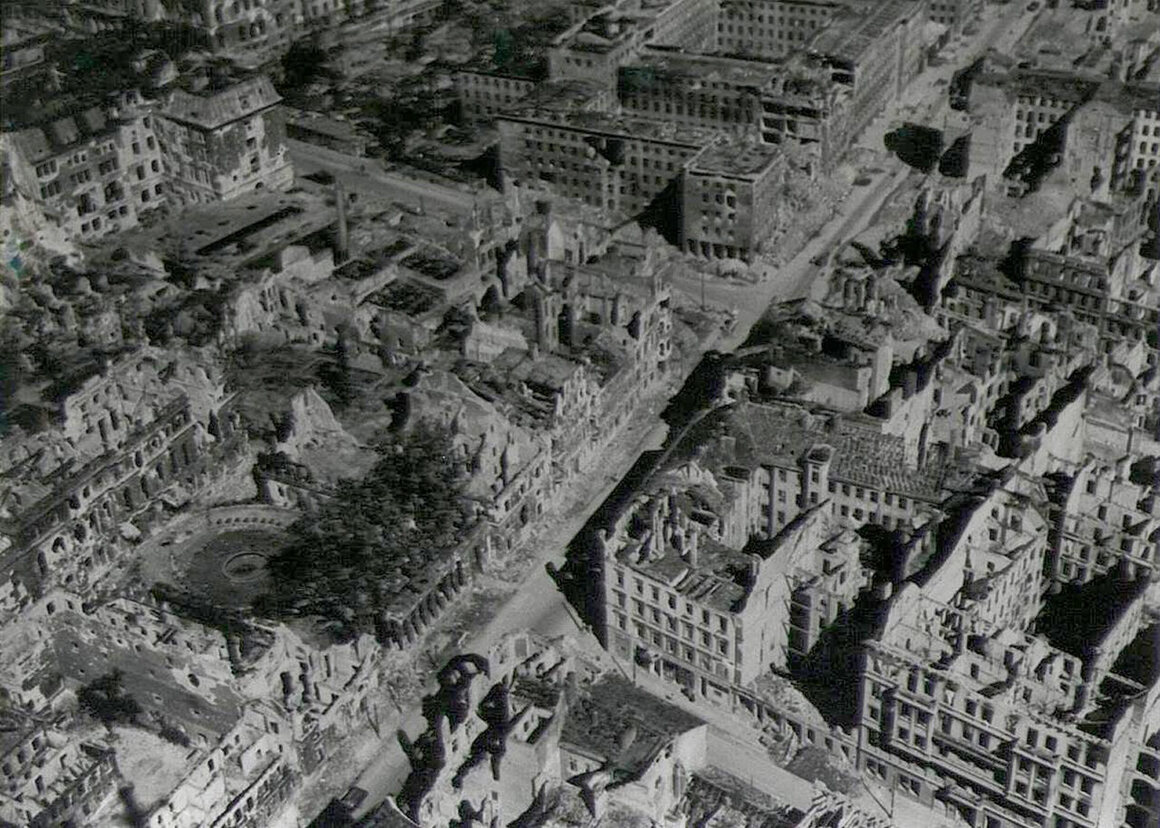
27 Jan 2020
https://www.atlasobscura.com/articles/ww2-bombs-berlin
Excerpts:
Between 1940 and 1945, Allied forces dropped 2.7 million tons of bombs on Nazi-occupied Europe. That’s about 1.25 million explosive objects in total—ranging from small incendiary charges meant to set fire to wooden buildings to multi-ton “blockbusters.” An estimated one in five bombs dropped failed to explode, which translates to about 250,000 duds. Often, the explosive-packed shells penetrated several feet into the ground, and were later covered up by rubble and debris from other, more successful explosions.
This means many German cities are, more or less, built on top of live explosives. Western cities such as Cologne, Duesseldorf, and Bremen, which are closer to air bases in Britain and full of industrial targets, were particularly hard-hit, and bombs regularly turn up there.
Berlin, then and now the German capital, was a major target, too. Since the war’s end, more than 2,000 live bombs have been recovered here. Some experts estimate 15,000 more may remain hidden under the fast-growing city. In the surrounding state of Brandenburg, the scene of bitter fighting in the last months of the war, police deal with 500 tons of munitions each year.
In 2011, an unusually dry summer revealed a 4,000-pound bomb in the middle of the Rhine River where it passes through Koblenz. Authorities hurriedly cleared 45,000 people out.




The threat is present and persistent enough that new construction projects often require permits from specialists, who sign off only after examining World War II–era aerial photography for signs of unexploded bombs. In 2017, authorities had to move 60,000 people out of central Frankfurt when a British bomb containing a 1.4-ton explosive payload was located based on aerial photos that had been taken from a spotter plane a few days after a raid. The logistics were daunting: The danger zone included two hospitals, 10 old-age homes, the city’s police headquarters, the German Central Bank, and one of the country’s national libraries.






